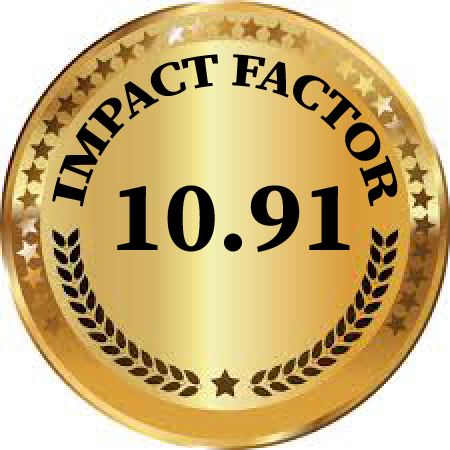THE FRENCH LANGUAGE AND ITS POSITION IN THE MODERN WORLD
Abstract
French occupies a significant place on the global stage, both as a language of international diplomacy and as a marker of cultural identity. With its roots in the Romance language family, French has evolved over centuries to become one of the most widely taught second languages worldwide. This article provides an in-depth exploration of the French language’s historical development, geographic spread, and contemporary relevance. Drawing on recent scholarship and policy documents, it examines the linguistic, cultural, and socio-political factors that reinforce French’s ongoing significance and future prospects. In doing so, the article addresses contemporary challenges such as English hegemony, digital transformation, and shifting demographic trends within the Francophone community. The results underscore that, despite facing growing competition from other world languages, French remains integral to global communication, cross-cultural exchange, and economic development strategies.
References
[1] Anderson, B. (2018). Diplomatic Languages: French, English, and Beyond. New York: Global Press.
[2] Organisation internationale de la Francophonie (2020). La Langue Française dans le Monde. Paris: OIF Publications.
[3] Cerquiglini, B. (2017). L’avenir du français dans les organisations internationales. Brussels: Francophonie Institution.
[4] Blanc, A. (2015). Origins of Romance Languages. Journal of Language Evolution, 4(2), 25-39.
[5] Heller, M. (2010). Paths to Postcolonial French. New York: Palgrave Macmillan.
[6] Viallon, A. (2009). French as the Language of Diplomacy in Early Modern Europe. Diplomatic History Quarterly, 12(1), 45-59.
[7] Organisation internationale de la Francophonie (2019). Le rôle de l’OIF dans la promotion de la langue française. Paris: OIF Publications.
[8] Mbembe, A. (2018). Francophonie as Cultural Community: A Critical Inquiry. Global Languages Review, 6(3), 101-117.
[9] Crystal, D. (2010). The Cambridge Encyclopedia of Language. 3rd ed. Cambridge: Cambridge University Press.
[10] Maurais, J. (2003). Languages in a Globalizing World. Cambridge: Cambridge University Press.
[11] Djité, P. (2013). The French Language in Sub-Saharan Africa: Challenges and Opportunities. Languages in Africa: Policy and Practice, 2(1), 14-28.
[12] Pennycook, A. (2017). The Cultural Politics of English as an International Language. New York: Routledge.
[13] Woehrling, J. (2016). Bilingual Education Strategies in Francophone and Anglophone Contexts. Comparative Linguistics Review, 5(2), 33-47.
[14] Bouchard, C. (2021). Francophone Demographics and Future Trends. Population Studies in the Francophone World, 7(2), 44-61.
[15] Bamgbose, A. (2011). African Languages Today: The Challenge of and for Policy. Current Issues in Language Planning, 12(1), 1-16.
[16] De Swaan, A. (2013). Words of the World: The Global Language System. Malden: Polity Press.
[17] Institut Français (2020). French Language Teaching and Digital Resources. Paris: Institut Français.
[18] Ministère de l’Europe et des Affaires étrangères (2021). Politique linguistique et promotion du français. Paris: MEAE.
[19] Grin, F. (2018). Language Economics: Assessing the Value of French in a Global Market. Language Policy Studies, 10(4), 93-110.
[20] Cenoz, J. (2013). Defining Multilingualism. Annual Review of Applied Linguistics, 33, 3-18.






















